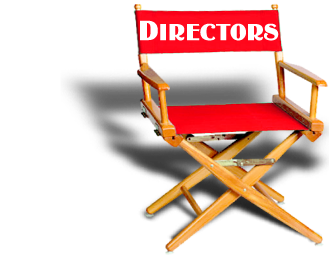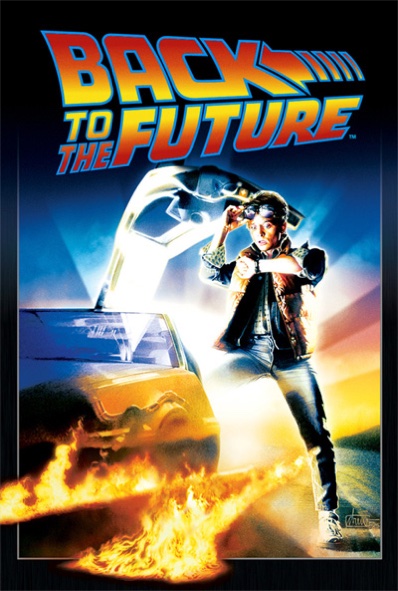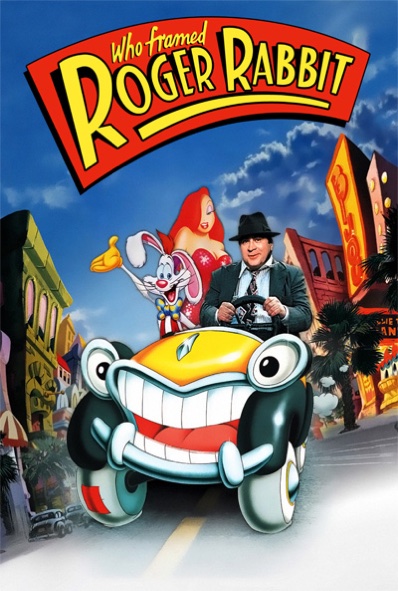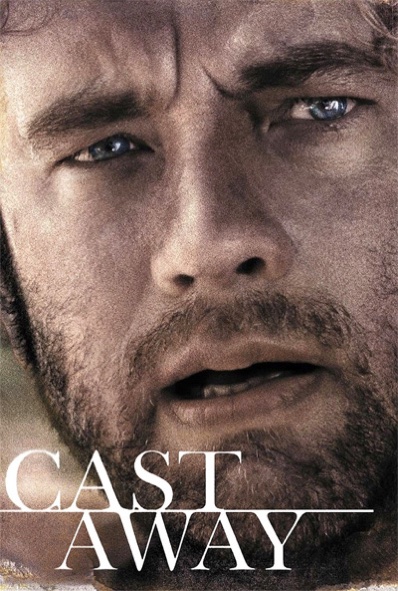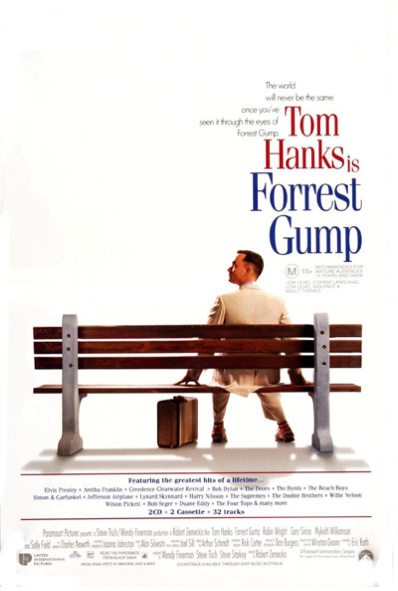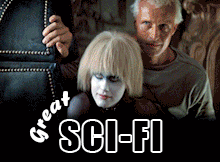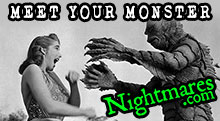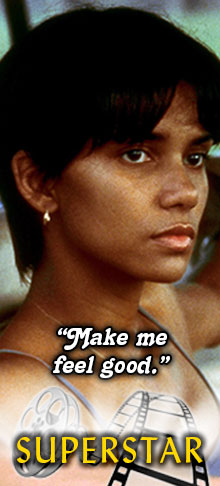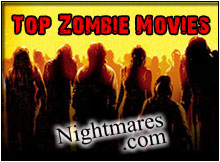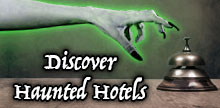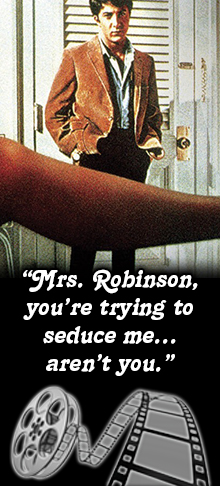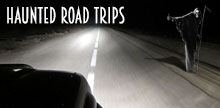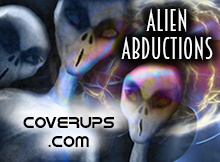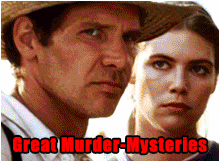
Robert Zemeckis
Best known for his frequent forays into cutting-edge special effects, Robert Zemeckis has earned a reputation as a “visual storyteller” of great power and audacity. He has helmed some of the biggest blockbuster hits of the past few decades, having first came to public attention in the 1980s with Romancing the Stone (1984) and the sci-fi comedy/fantasy Back to the Future film trilogy, as well as the ground-breaking live-action/animated comedy Who Framed Roger Rabbit (1988).
Recognized as the foremost of Steven Spielberg’s protégé-partners, Bob Zemeckis is known principally for the many pioneering special effects in his films: the live action/animation mix in “Who Framed Roger Rabbit?“; placing Forrest Gump with long-dead Presidents; and the many views of the future in “Back to the Future“.
Contrary to other masters of spectacle, though, Zemeckis’s tricks never get in the way of the story. They are not always invisible, or intended to be. Bob Hoskins and the toons don’t ever really live in the same world, so the effects that merge them come off as part of the film’s comedy. Zemeckis uses his devices to further his captivating stories and characters. They may be indulgent, but they’re not self-indulgent.
Born in Chicago, Zemeckis proved himself at USC’s film school, where his film work won honors and caught Steven Spielberg’s attention. Soon, Spielberg had him writing “1941“, a sure-fire career killer if its failure couldn’t have been attributed to numerous other things — starting with Spielberg himself.
Zemeckis’s first directorial efforts, in the late ’70s, were well-crafted if light. His first big hit came soon, though, when he teamed with Michael Douglas to direct “Romancing the Stone“. Zemeckis followed that a year later (1985) with the first of the mega-blockbuster trio, “Back to the Future“. Robert topped that off with the sensational “Who Framed Roger Rabbit?” also in the late ’80s.
Those films are big and fun and profitable and, hopefully, classics. Still, though, up to that point, Zemeckis had never really done a “serious” picture. Enter “Forrest Gump“, the epic of the last half of the twentieth century through the eyes of “stupid is as stupid does” Forrest. Zemeckis won an Academy Award for the film, which is also on AFI’s Top 100 List.
Zemeckis then helmed the too-serious “Contact” and then a few years afterward teamed up with Tom Hanks again on the film “Cast Away“. Ironically, the film, most of which is one man and no score, required a host of special effects and a technically savvy director to keep it from being “Waterworld II”. Zemeckis even figured out a way to keep his crew while Hanks went off in the middle of the shoot to lose 60 or so pounds: he used them to make “What Lies Beneath”.
Spending as much time producing as directing now, Zemeckis recently teamed up with Steven Spielberg again to produce “Monster House”, an animated film that, not too surprisingly, is on the cutting edge of technology with its use of 3D motion-capture, which Zemeckis pioneered with his other animated film, “The Polar Express”.
— Nate Lee
Great Scenes
BACK TO THE FUTURE
- This series is full of timeless scenes
- The classic scene of Doc on the clock getting electrocuted in the name of science
- Michael J. Fox playing guitar for the still innocent generation of his parents
BACK TO THE FUTURE II
- The town square of the future is terrific visually, with constant comic bits
- The flying skateboard chase scene never loses its appeal
CAST AWAY
- Part of the opening scene follows a FedEx package (they call it the “package-cam”) through Moscow streets to its destination, Tom Hanks
- A breathtaking realization of being inside a crashing plane
- Breaking away from the island over the monster wave and then losing Wilson
- Some of the best Special Features of any DVD
DEATH BECOMES HER
- This little triangle of love and non-death between Meryl Streep, Goldie Hawn and Bruce Willis hits its black comedy stride when Streep emerges from a “fatal” fall down the stairs to stroll around the house with her head on backwards
- Hawn then ups the ante with a gaping hole straight through her gut
FORREST GUMP
- The opening of this American epic follows a floating feather until it drops at Forrest’s feet
- The White House scenes in which Tom Hanks’s Forrest meets Presidents Kennedy and Johnson.
- The best under appreciated actor in the business is Gary Sinise, and he’s never finer than in this role as Lieutenant Dan
WHO FRAMED ROGER RABBITT?
- This technological masterpiece combines a brilliant Bob Hoskins as a toon-hating detective who is forced to work with a cartoon rabbit
- The opening seems to condense a full-length cartoon into a few short minutes
- The bar scene where Hoskins watches a Donald and Daffy Duck duet smoothly takes us into the strange world of the film
Great Films
- Forrest Gump
- Who Framed Roger Rabbit?
- Back to the Future
- Cast Away
- Back to the Future II
Robert Zemeckis’s directing credits include…
| Year | Movie |
|---|---|
| 1978 | I Wanna Hold Your Hand |
| 1980 | Used Cars |
| 1984 | Romancing the Stone |
| 1985 | Back to the Future |
| 1988 | Who Framed Roger Rabbit |
| 1989 | Back to the Future Part II |
| 1990 | Back to the Future Part III |
| 1992 | Death Becomes Her |
| 1994 | Forrest Gump |
| 1997 | Contact |
| 1999 | Robert Zemeckis on Smoking, Drinking and Drugging in the 20th Century: In Pursuit of Happiness |
| 2000 | What Lies Beneath |
| 2000 | Cast Away |
| 2004 | The Polar Express |
| 2007 | Beowulf |
| 2009 | A Christmas Carol |
| 2012 | Flight |
| 2015 | The Walk |
| 2016 | Allied |
